Assessing Value for Money in Supplier Negotiations
What represents value for money will vary depending on what is being procured – there is no ‘one size fits all’ approach. What ultimately represents value for money will involve achieving the right balance between cost and non-cost factors, business objectives, targets, and commitments. Critically, the good or service must effectively and efficiently deliver on the core needs of a business and internal customer.
What non-cost factors affect value for Money?
When purchasing goods or services, the task is to determine which supplier, offer or mode of supply will provide the best value for money. Deciding which offer provides best value for money includes judgments about a range of non-cost factors related to the supplier and the functionality of the goods or services offered. Non-cost factors include:
- fitness for purpose
- technical and financial issues
- risk exposures
- the benefits to be obtained from the purchase
- availability of maintenance and support, and
- compliance with specifications where relevant
Fitness for Purpose
This relates to the extent to which the goods or services meet the customer’s requirements. If the goods or services are fit for purpose then they can achieve the specified outcomes.
Technical and Financial Issues
Technical and financial issues are both product and supplier related.
Product-related factors encompass:
- technical performance– this requires a user assessment of the ‘duty’ or ‘duty cycle’ of an item and requires a technical comparison of offers against the required duty. In cases where the user develops the design and specifications, there is potential to be more objective in this comparison. However, when buying ‘off the shelf’ or in ‘design and build’ situations, judgments can be far more subjective.
- reliability – this relates to the degree to which an item meets a customer’s expectation in respect of functionality and performance. Do not forget the importance of contractual guarantee conditions. They may provide some measure of fall back in the event that a good or service is defective.
- economic life – assessing the economic life of an item is important in the determining the point at which an item becomes more economical to replace rather than to maintain. The point of obsolescence can be reached by:
- economic obsolescence – the item is too expensive to maintain
- functional obsolescence – the item no longer meets the department’s needs
- physical obsolescence – deterioration of equipment
- technological obsolescence – superseded technology, or
- social or legal obsolescence – statutory or social effects
Determining the economic life under these circumstances becomes an issue of:
- cost-benefit analysis
- management judgment
- the degree of use, and
- corporate policy
- maintainability – while the measurable costs of maintenance are addressed as part of the whole-of-life costing assessment, the ‘ease of maintenance’ factors may be more functional. Cost benefits may then be more a judgment than measurable. It often is this feature that can differentiate items of like cost.
Supplier-related factors usually concern:
- supplier capability – this relates to the capacity of the supplier to fulfill the purchaser’s requirements. Issues to consider can include the supplier’s management capability, financial viability, technical expertise, methodology, systems, previous performance, the capacity to complete the supply requirement as and when specified, and an understanding of the purchaser’s requirements.
Risk Exposures
Risk exposures arise from four sources:
- the purchaser organisation
- the good or service
- the supplier, and
- the market
Through the process of planning for purchases, risk factors should be identified and ways of managing these risks established. The treatment of these risks may be taken into account in the value for money equation.
Benefits to be Obtained from the Purchase
There may be a range of benefits associated with a purchase that should be taken into account when determining value for money. For example, it may be that some technological innovations associated with a purchase deliver additional value for money in the long run. Such benefits must be identified in the planning phase so those relevant selection criteria reflecting this aspect of value for money are framed.
Availability of Maintenance and Support
Availability of maintenance and support is often an important consideration and should be taken into account in assessing value for money. Suppliers may have various ways of making maintenance and support available. For example, suppliers may physically provide support in the local area or offer it remotely through telephone “help desks” or similar mechanisms. It is the responsibility of purchasers to determine the most effective means of ensuring that maintenance and support are available and assess this aspect of value for money accordingly.
Compliance with Specifications
Whether or not a supplier complies with specifications is often a significant value for money consideration. If suppliers are unable or unwilling to supply goods and/or services that meet specification value for money may not be obtained.
A detailed analysis of these non-cost factors is usually necessary for purchases of high value that additionally present a high level of risk, for example, a major construction project.
The Real Cost of the Goods and Services
To make decisions about value for money it is necessary to determine all significant costs associated with the goods and/or services being purchased. Depending on the nature of the goods or services to be acquired, both whole-of-life costs and transaction costs will need to be determined.
Whole-of-life costs
These costs include the initial purchase cost as well as costs arising from holding, using, maintaining and disposing of the goods or services.
Elements in whole-of-life costing assessments that need to be considered include:
- Acquisition costs – includes price, freight, legal fees, warehousing costs, initial training costs etc.
- Operating costs – fuel or energy costs, safety costs, performance monitoring costs, cleaning costs etc.
- Maintenance costs – consumables, spare parts, repair labour, loss of productivity or revenue during maintenance etc.
- Alteration/refurbishment costs – upgrade costs, modification costs, re-training costs etc.
- Support costs – insurance, rates and taxes, management fees etc.
- Disposal – residual value, disposal method costs etc.
Whole-of-life costing assessments can be complex, involving making assumptions about likely future events and their impact on costs. For example, the initial purchase price of capital equipment will often be significantly less than the subsequent maintenance and operating costs over the item’s life. Risks associated with the inefficient use of funds exist in both underestimating and overestimating these costs.
Whole-of-life costing assessments are particularly important when comparing lease or buy alternatives. Whole-of-life costing is also important when considering low initial price of goods/services and high ongoing cost versus high initial price and low ongoing cost of goods/services.
Calculating Whole-of-life Costs
A commonsense approach is needed when determining the extent and method of the whole-of-life costing assessment. There is no one formula that covers all circumstances. In many cases calculating whole-of-life costs will be a simple and straightforward process as the total costs and benefits of ownership will be apparent. However, a formal evaluation should be used when comparing options with noticeably different initial price and different:
- technical and performance features
- life expectancy
- ongoing costs
- residual value, or
- disposal costs
Calculating whole-of-life costs involves a number of steps. They include:
- estimating the life of the goods or services
- listing all financial costs and benefits in the year in which they occur
- choosing a method of analysis (for example, Net Present Value)
- determining the uncertainty of the data being used
- sensitivity analysis, and
- calculating the whole-of-life costs
Transaction costs
As well as considering whole-of-life costs when assessing cost-related factors, business units need to also consider the transaction costs arising from the particular purchasing activity.
Transaction costs include all costs internal to the business unit arising from:
- establishing the need for the purchase
- planning for the purchase
- identifying sources of supply
- approaching the market to seek supply
- selecting suppliers
- ordering and processing payments, and
- managing relationships with suppliers including supplier performance monitoring and management
Transaction costs arise from managing the total purchasing process. Transaction costs may therefore also include the cost of any organisational changes that need to be made within the business unit to make the best use of the goods or services.
The transaction costs in some purchasing exercises can be significant and impact heavily on the assessment of value.
Recent Posts
10 Procurement Negotiation Myths That Sound Strategic But Kill Your Results
Most procurement teams don’t lose negotiations at the table — they lose them before they even start. This article exposes 10 outdated beliefs...
Strategic RFP Preconditions to Maximise Negotiation Leverage
Most negotiations start too late. These high-impact RFP preconditions help procurement teams take control early — exposing supplier risks, shaping the deal, and...
How to Use the Decoy Effect in Procurement Negotiation
In procurement, smart framing beats force. This article breaks down how to use the Decoy Effect—a behavioural science tactic—to guide suppliers toward your...


